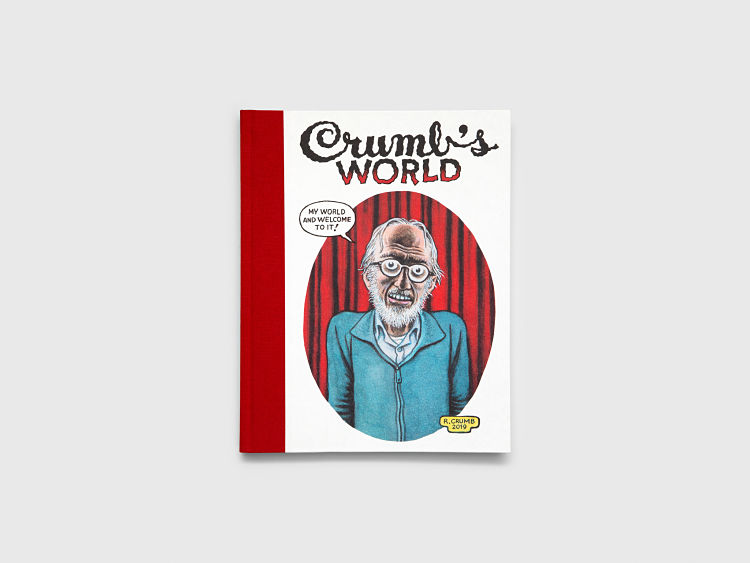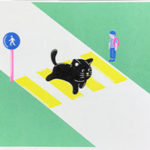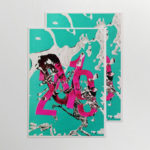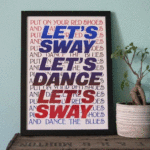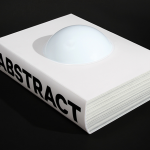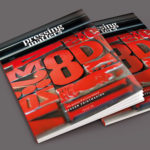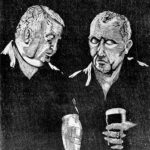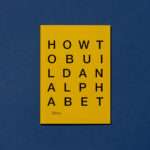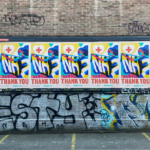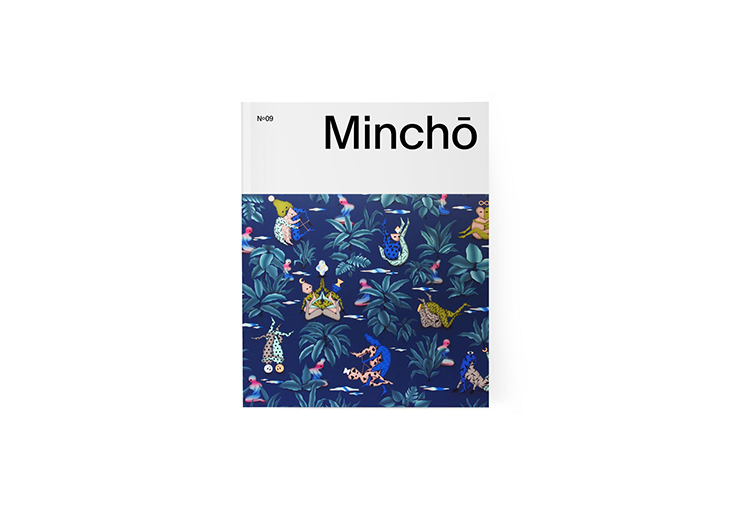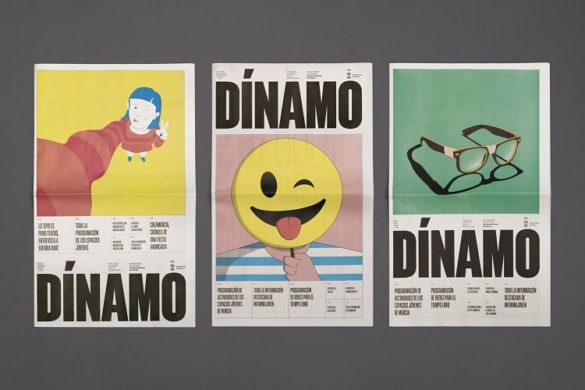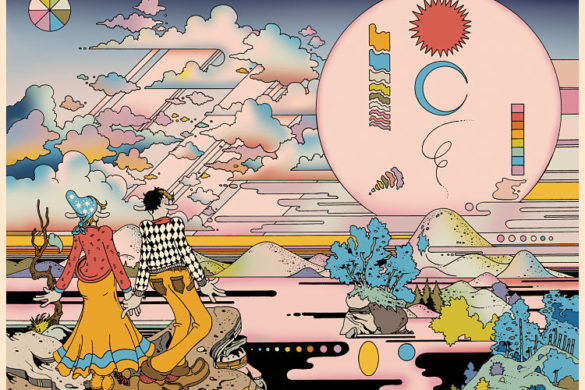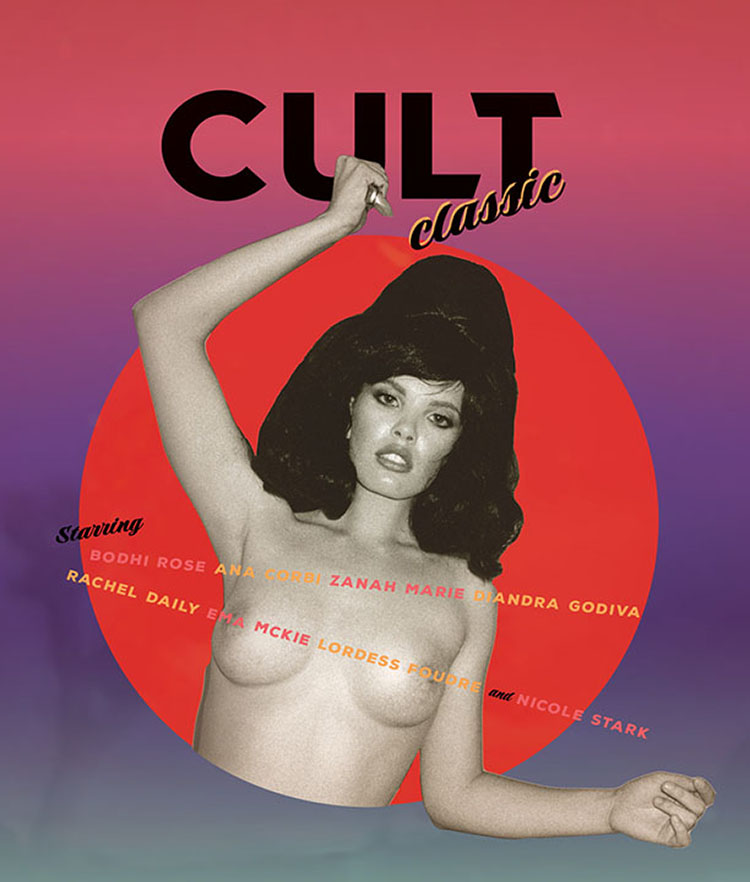In today’s parlance, some of the work of Robert Crumb could be deemed “problematic”: the famed cartoonist has little time for arbitrary distinctions like “good”/”bad” taste, or more 21st century notions around sexism and social conventions more widely.
It’s perhaps exactly that which has made him one of the most renowned countercultural artists, who in no small way radically shaped what countercultural art itself was and could be. Coming to prominence in the San Francisco underground comics scene that he himself shaped in the 1960s and 70s, Crumb pushed and prodded at the boundaries of graphics arts and cartoons, and used his work to “address the absurdity of social conventions, political disillusionment, irony, racial and gender stereotypes, sexual fantasies, and fetishes,” as David Zwirner Gallery, which hosted the show Drawing for Print: Mind Fucks, Kultur Klashes, Pulp Fiction & Pulp Fact by the Illustrious R. Crumb at its New York site in 2019.
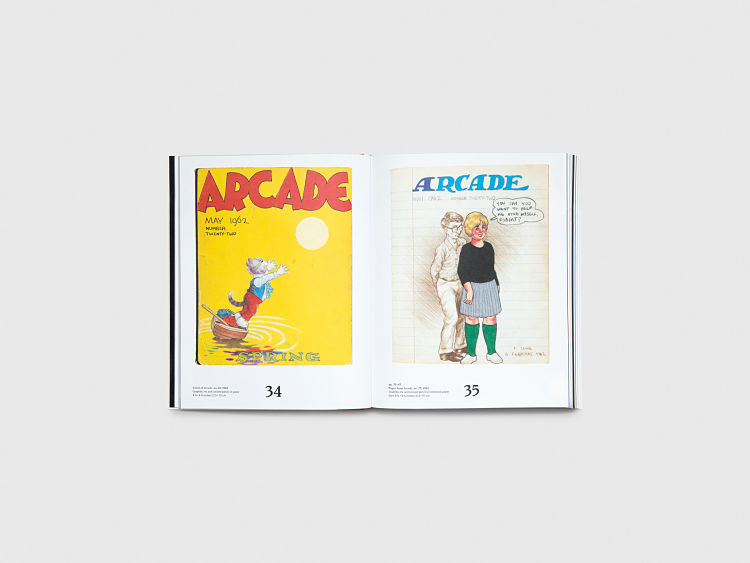 This year, a book documenting that show titled Crumb’s World has been released by the gallery’s publishing arm, with text penned by the show’s curator Robert Storr, an American artist, critic, and educator who was a curator, and then senior curator, of The Museum of Modern Art’s Department of Painting and Sculpture from 1990 to 2002 and from 2005 to 2007. Within the book, Storr not only narrates the works that were on display a couple of years back, but helps immerse readers within the mind of Crumb himself, and “explores the challenging nature of some of Crumb’s work and the importance of artists who take on the status quo.”
This year, a book documenting that show titled Crumb’s World has been released by the gallery’s publishing arm, with text penned by the show’s curator Robert Storr, an American artist, critic, and educator who was a curator, and then senior curator, of The Museum of Modern Art’s Department of Painting and Sculpture from 1990 to 2002 and from 2005 to 2007. Within the book, Storr not only narrates the works that were on display a couple of years back, but helps immerse readers within the mind of Crumb himself, and “explores the challenging nature of some of Crumb’s work and the importance of artists who take on the status quo.”
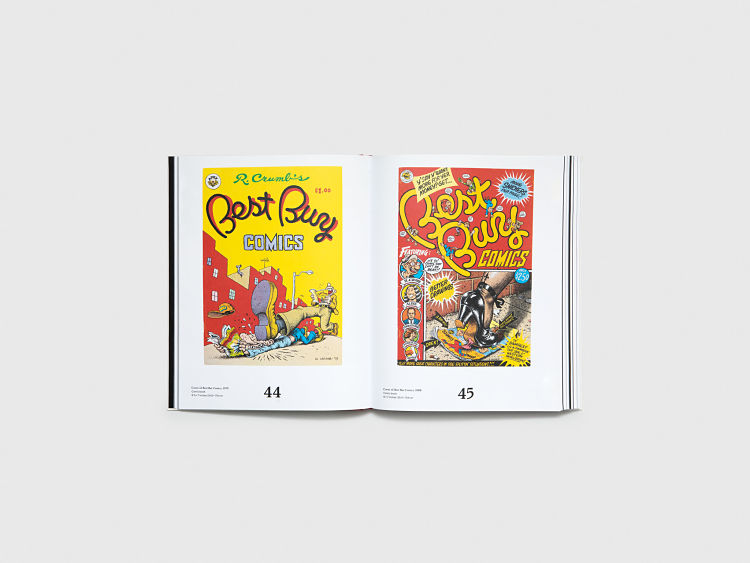
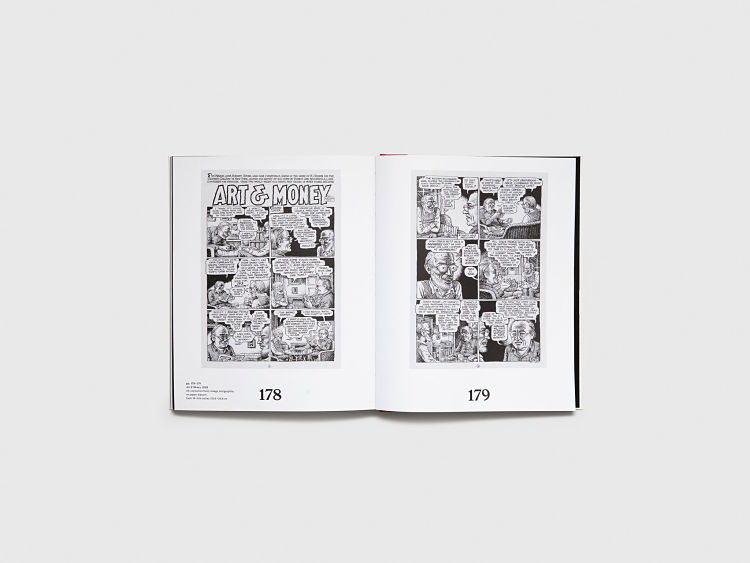 The book delineates all the big obsessions to be found in that mind and in that work distinctly signed R. Crumb: sex, the Bible, music, politics, “and the vicissitudes and obscenities of daily life,” in the words of Storr. It’s illustrated with a wealth of imagery that brings Crumb’s visceral worldview into sharp focus: the book showcases printed matter spanning CRumb’s five-decade career including tear sheets of drawings and comics taken directly from the publications where the works first appeared, magazine and album covers, broadsides from the 1960s and 1970s, tabloids from San Francisco’s Haight-Ashbury, Oakland, Manhattan’s Lower East Side as well as exhibition ephemera.
The book delineates all the big obsessions to be found in that mind and in that work distinctly signed R. Crumb: sex, the Bible, music, politics, “and the vicissitudes and obscenities of daily life,” in the words of Storr. It’s illustrated with a wealth of imagery that brings Crumb’s visceral worldview into sharp focus: the book showcases printed matter spanning CRumb’s five-decade career including tear sheets of drawings and comics taken directly from the publications where the works first appeared, magazine and album covers, broadsides from the 1960s and 1970s, tabloids from San Francisco’s Haight-Ashbury, Oakland, Manhattan’s Lower East Side as well as exhibition ephemera.
Crumb’s works are placed alightonside his inspirations, showcasing historical works from the 18th and 19th centuries that informed his work and attitude (the artist has cited Thomas Nast, Honoré Daumier, T.S. Sullivant, and James Gillray as those among his influences). Tantalisingly, it also shows rarely seen images from his 1980s and 1970s sketchbooks.
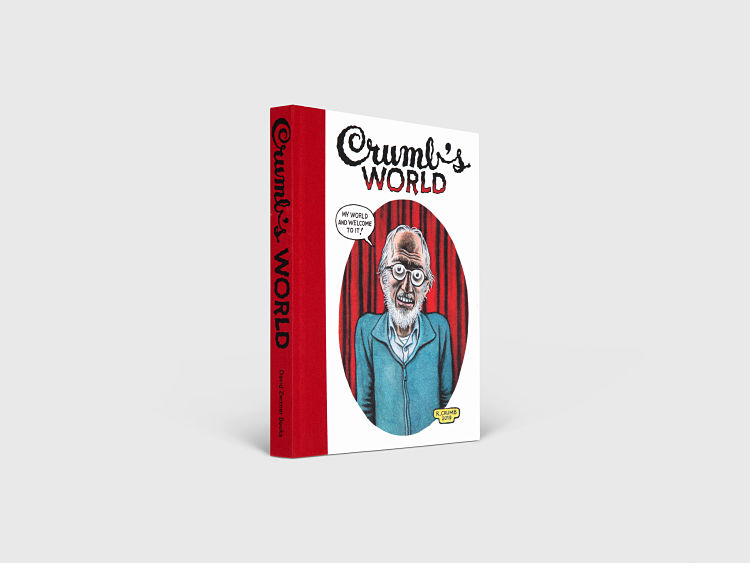 Born in Philadelphia in 1943, R. Crumb’s work has never faltered in its searing critique of the world around us, offering biting satires on social and political realms as well as no-holds-barred, psychedelic-leaning critiques of modern consumer culture. As the book demonstrates, such comic-based critiques are perhaps all the more piquant due to Crumb’s resolute stance as an outsider looking in, documenting the absurdities of the world as he sees it, and with a smattering of his personal life (and personality) thrown into all he does. Good taste or no, it’s hard to look away when confronted with R.Crumb’s work. As the Paris Review put it, “Whatever one thinks of his subject matter, it’s difficult to deny R. Crumb’s prodigiousness with the pencil.”
Born in Philadelphia in 1943, R. Crumb’s work has never faltered in its searing critique of the world around us, offering biting satires on social and political realms as well as no-holds-barred, psychedelic-leaning critiques of modern consumer culture. As the book demonstrates, such comic-based critiques are perhaps all the more piquant due to Crumb’s resolute stance as an outsider looking in, documenting the absurdities of the world as he sees it, and with a smattering of his personal life (and personality) thrown into all he does. Good taste or no, it’s hard to look away when confronted with R.Crumb’s work. As the Paris Review put it, “Whatever one thinks of his subject matter, it’s difficult to deny R. Crumb’s prodigiousness with the pencil.”
You might like...
- Autobahn - November 26, 2021
- Alphabetical - November 12, 2021
- SOFA Universe - November 8, 2021

